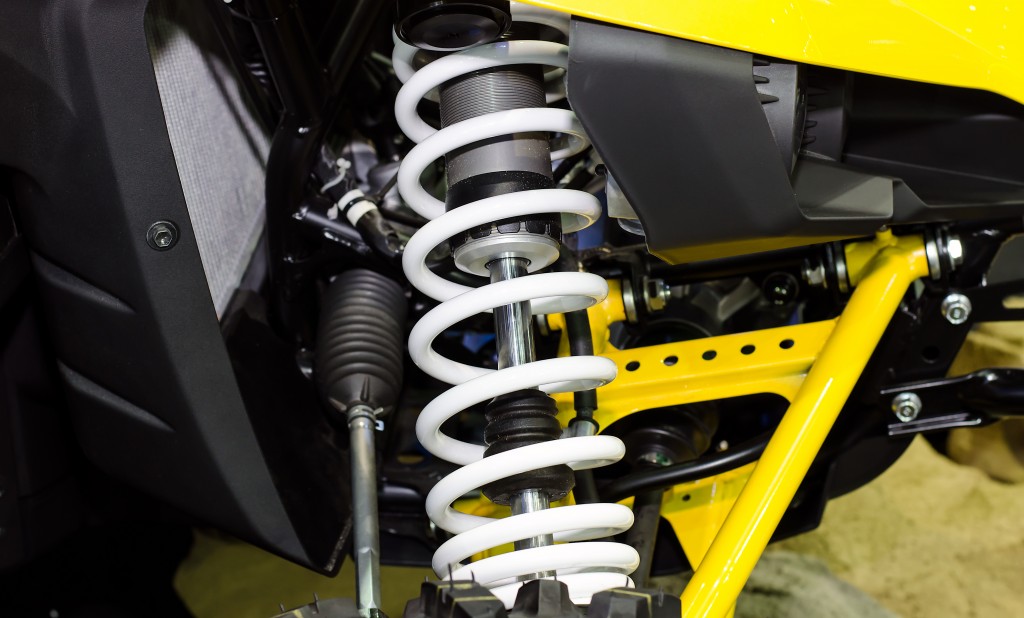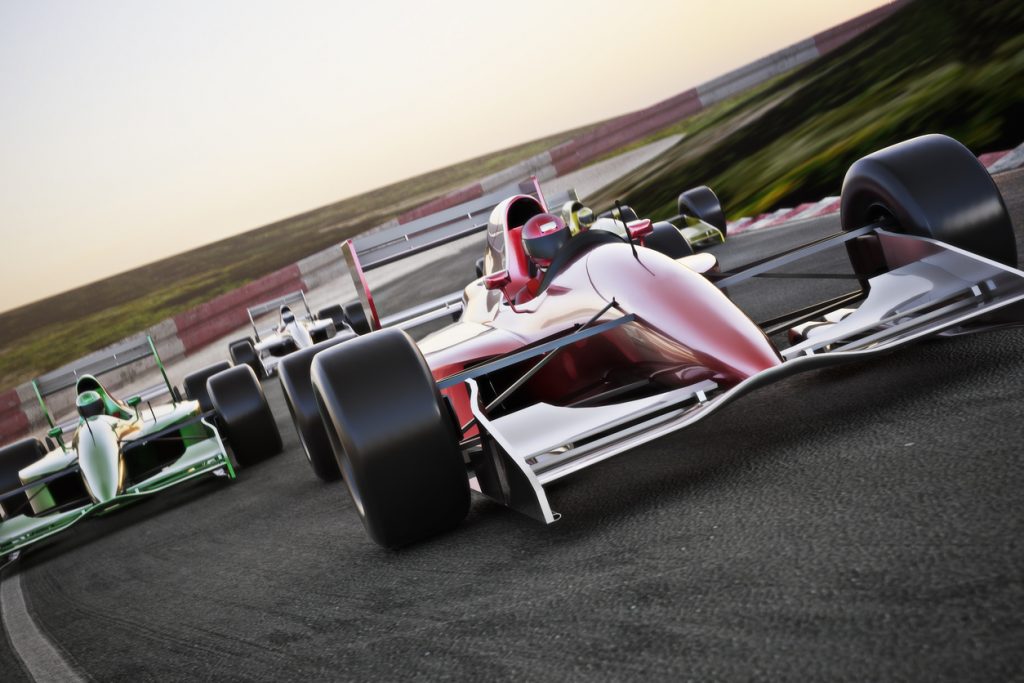Uses For Springs in Car Suspension Systems
Springs are an integral part of a car’s suspension system. The term ‘suspension’ simply refers to the multipart system that connects a vehicle to its wheels, allowing relative motion to take place.
Comfort Driving
Suspension systems enable more effective road handling and braking, as well as isolating passengers within the vehicle from undue vibrations. Within the motor spring suspension it determines what is known as a vehicle’s spring rate. A stretched spring exerts a force which is proportional to its change in length; the spring rate of a spring is the change in the force it exerts, divided by the change in the spring’s deflection.
Practically, this means that load bearing vehicle soften use heavy duty springs to compensate for the increased weight of their load. Thus riding in a load bearing vehicle which is empty can often feel very uncomfortable due to the comparatively high spring rate. Luxury vehicles or passenger carrying vehicles would usually be classed as having soft springs. Spring suppliers therefore have to cater for a greater degree of variation than might at first be realised. Racing car springs are typically characterised by heavy springs, resulting in a comparatively uncomfortable ride, although the suspension springs in such vehicles often differs to the more mainstream models.
History of Wishbone Suspension
Introduced in the 1930s, double wishbone suspension was a widely used suspension system before the more modern preference for front wheel drive. Currently it is more commonly found on high performance vehicles, especially within sports and racing cars, due to superior dynamic and load handling capabilities. The springs in double wishbone suspension are often relocated within the bodywork of a racing car, increases the total suspension mass and promotes a more aerodynamic design, coming at the cost of some unsprang mass. Double wishbone suspension allows the engineer greater freedom of parameters than many other types of suspension.
Kinematics of the suspension can be tuned more easily, which allows the wheel motion to be further optimised. Recognising the load that different parts will be subjected to is also more achievable, allowing the design of more lightweight parts. However double wishbone suspension is also heavy, and may take up more space that other systems. The increased number of complex components within double wishbone suspension often results in longer service times, so the system is not without its disadvantages.
Get In Touch
Here at European Springs we supply many components and sub components for a large number of vehicles. All the springs we manufacture are produced in factories in either the UK or Sweden, and are distributed across the world to many global companies. You can visit our European Springs Facebook page to keep up to date with all of our latest news.

